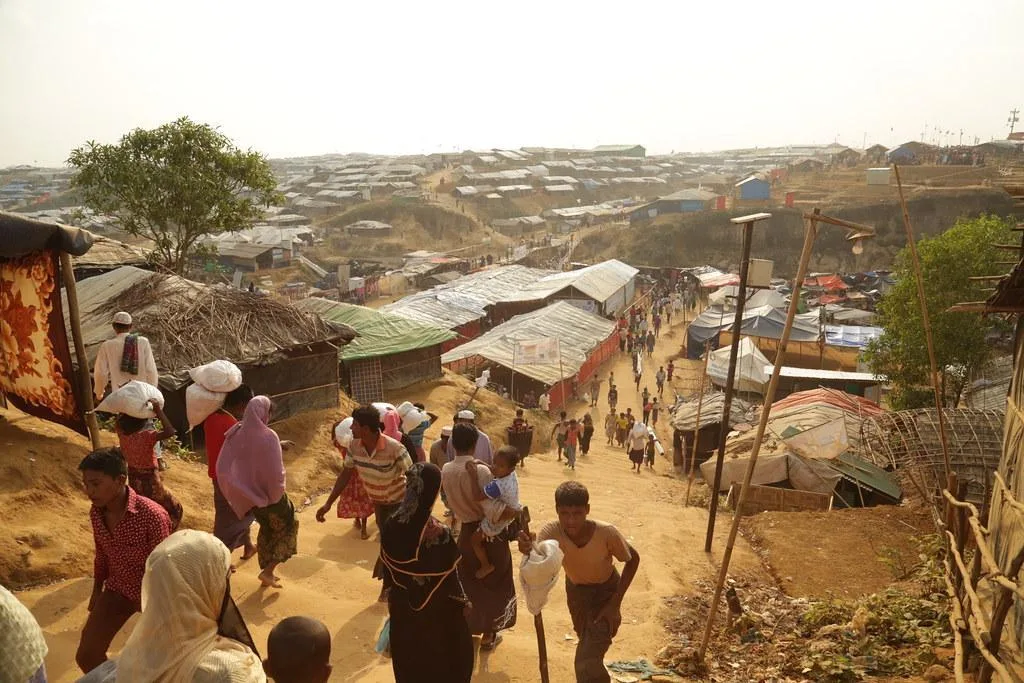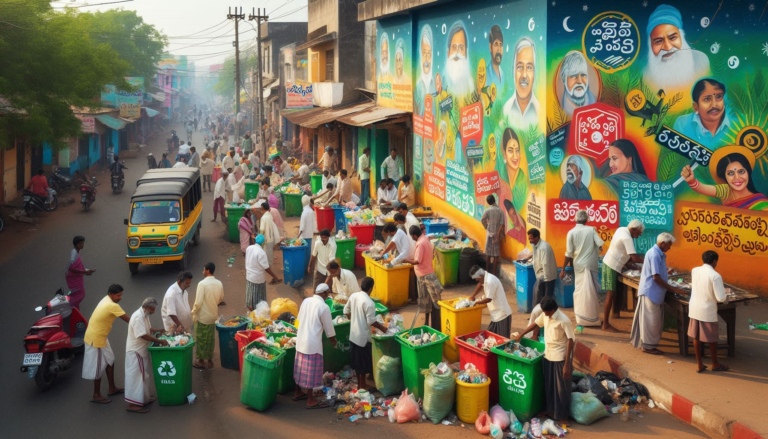
In August 2017, a deadly crackdown by Myanmar's army on Rohingya Muslims sent hundreds of thousands fleeing across the border into Bangladesh.
History of the Burmese Crisis

The political situation in Myanmar has always been characterized by a state of anarchy and political takeover by the military, undermining the civil rights of the citizens of the country and plunging the nation into a state of armed conflict. Myanmar has had a long history of military rule since its existence as an independent nation, but the turn of the century had created hope for the formation of a democratic government in Myanmar. However, the recent events in Myanmar since February 2021 have quashed the hopes of a stable democratic government in Myanmar. To understand the present of Myanmar in a better way, we need to look into its history, wherein lies the root of the problem in Myanmar’s political rule.
Myanmar, or Burma, as it was known earlier, was part of British East India after the Anglo-Burmese wars until the Burma Independence Act of 1947, which laid the way for the formation of the Union of Burma in 1948. Like many other countries in South and Southeast Asia, Myanmar also gave an iron hand to its military to resolve its internal conflicts and bring political stability to Myanmar. But in the long run, the military undermined the democratic values of the country, leading to a military coup in 1962, which lasted for 26 years. Even though the military leader Ne Win was removed in 1988, direct military rule was replaced by an indirect military-supported militia called the “military junta.” The protest that led to this political shift was led by Suu Kyi, the daughter of independence hero General Aung San, who rose to prominence during the 1988 protests. After the establishment of the military junta, she, along with other members of the National League for Democracy (NLD), was detained for more than 15 years from 1989 to 2005. Her struggle received widespread coverage in the international media, due to which she received the Nobel Peace Prize in 1991 while under house arrest. The revolution finally ripened in 2007 with the Saffron Revolution, which sparked widespread protests against the state, particularly by the Buddhist monks wearing the saffron robes, thus the nomenclature. The intensity of the revolution forced the military junta to make radical reforms, including a new constitution. Eventually, the military Junta dissolved in 2011, giving rise to a new bureaucracy, which unfortunately gave too much space to former defense personnel under the leadership of erstwhile army bureaucrat Thein Sein. These reforms were hardly anything more than concessions provided to the country’s citizens to keep them silent, but not enough to make them satiated. The reforms made under the new regime were hopeful, but not enough. Political prisoners were provided amnesty, the economy was opened for foreign direct investment, and political control was relaxed. Ang Suu Kyi, who had by now emerged as the voice of liberation and democracy for the nation, achieved a landslide victory in the elections in 2015. But despite coming to power, the NLD couldn’t control the main areas of the government, which were still controlled by the military. One of the major reasons for the 2021 Myanmar crisis is the failure of Ang Suu Kyi to achieve what she strived for and fought for for so many decades. Charges of mismanagement and corruption were levied against her, and she was detained, giving rise to a new cycle of military control over the country.

The recent crisis is a byproduct of the tussle between the military faction known as the Tatmadaw, the shadow government formed by the ruling government in exile, and the general public. It all started with the grave mismanagement of healthcare during the COVID crisis, which led the military junta to arrest several members of the ruling NLD who had achieved political victory in the 2020 elections. However, the military coup of 2021 forced the NLD to form a proxy government called NUG (National Unity Government) in Myanmar, which is not recognized by the military government. The resultant crisis has plunged Myanmar to the brink of civil war as around eight thousand officials, journalists, and common people have been arrested till now, millions of people are suffering for food and medicine, and armed resistance has become a common observance in Myanmar. Many of the active supporters of the erstwhile democratic government in Myanmar have created their militias and are involved in armed resistance with the military. This has caused tremendous losses to the economy, infrastructure, and general well-being in Myanmar.
Myanmar Crisis and the International Geo-politics
The problem has been further aggravated because of the staging of the Myanmar crisis in the international political theatre. While China and Russia, having vested interests in Myanmar, have supported the military rule in Myanmar and deemed the NUG a terrorist organization, the U.S. government, while maintaining a safe distance from direct intervention in Myanmar, has supported the NUG and put sanctions on the military junta, though none of these forces have made any military intervention in Myanmar. One of the major concerns for the pro-democracy faction is the lack of concentrated efforts on the part of India, which, for many reasons, has been trying to avoid conflict in Myanmar. Around 20,000 refugees from Myanmar have infiltrated the territory of Mizoram, which has been supportive of the refugees from the Chin ethnic community. Still, India has not been similarly supportive of the illegal Rohingya Muslim refugees, who have entered India for many years in much larger numbers. India is avoiding direct confrontation with Myanmar owing to their long-shared boundary of about 1600 km and their economic interests in Southeast Asia, for which Myanmar is a key. Also, Indian foreign policy in Myanmar is influenced by that of China, and both countries are vying for diplomatic control over this region. Thus, NUG is not receiving any active support from India, even though India has shown concern over the killings and detention of people from the democratic parties in Myanmar.

Ethnic and Religious Conflict
Another major aspect of the Myanmar crisis is its ethnic and religious aspects. Even before the coup, there was a lot of dissent among the ultra-nationalist Buddhist groups in Myanmar over the perceived Western liberal stance of the NLD, which provided credence to minority rights and peaceful coexistence. The establishment of NLD as the political power coincided with the establishment of extremist Buddhist factions in Myanmar, like the Association for the Protection of Race and Religion (‘MaBaTha’ in Myanmar’s local dialect), which dealt with anti-minority and anti-muslim rhetoric and tried to vouch for the Buddhist-dominated cultural ecosystem in Myanmar. While the ruling regime is accused of being lenient and at times complicit in their anti-Muslim discourse, the military junta was stricter in condemning and jailing the proponents of the ‘969 movement in Myanmar, which called for the economic and social exclusion of Muslims. The implication of such ethnic violence was equally drastic, with the formation of organizations like the Arakan Rohingya Salvation Army (ARSA) and the ongoing violent tussle between the state of Myanmar and Muslim extremists. The local Buddhists don’t consider Rohingyas as part of Burmese culture as they participated in the Second World War fighting against the Buddhists and in favor of the Britishers instead of an Islamic state. The extremist factions among the Rohingyas have worsened the political crisis in Myanmar, particularly in the region of Rakhine, which barely has any hope for reversal.

Thus, we see that the recent Myanmar crisis is not a fragmented or isolated event of political crisis but rather a process that has a deep-rooted history that goes before the formation of the Union of Burma. The present crisis involves a political, social, and ethnic crisis that has impacted the country adversely, and the present crisis may have even more far-reaching implications for the political and economic stability of the nation. The intervention aggravates the crisis, or lack thereof, of the external players in this affair, whose conflicting motives and interventions have taken the crisis away from the point of resolution.







